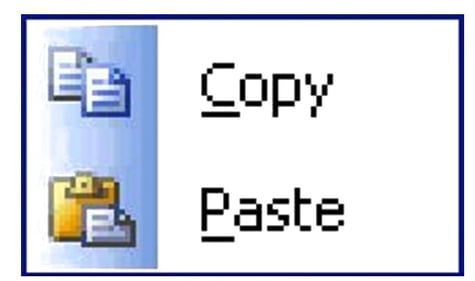These days, when many picture an academic plagiarist, they envision a student gleefully copying and pasting from Wikipedia in hopes of taking a shortcut on their coursework.

And, to some degree, that’s fairly accurate. A 2013 study by Turnitin shows that Wikipedia is the number one source academic plagiarists pull from both in secondary and higher education.
But since so much academic plagiarism comes from the Internet, many blame the Internet for increasing plagiarism, saying that, while the web is a great research tool, it’s made it easier than ever to plagiarize and caused more to do so.
However, a new study questions that assertion. Published in the Journal for Academic Ethics by David Ison, the study looks at 184 doctoral dissertations submitted before 1994 (when only 14% of people in the U.S. were online) and 184 submitted after 2010 (when 85% were).
The researchers found that roughly the same percentage of papers included plagiarized text, about half, but that the pre-Internet papers had a higher mean similarity score, 14.5% to 12.3%. This means that, on the whole, the pre-Internet papers contained more plagiarized material than their post-Internet partners.
To be clear, the study does have some limitations. The biggest being, as Ison says, that it only provides a “snapshot” of plagiarism. It’s based on a sample that only includes one type of work, dissertations, and doesn’t look at other types of research or other types of student papers.
Also, though only 14% of people were online in 1994, educational institutions were early adopters. Though data for colleges doesn’t seem to be public, some 49% of secondary schools had access to the Internet in 1994 and colleges likely had a much higher percent.
Still, the study does clearly show that the relationship between plagiarism and the Internet is complicated. The Web certainly had an impact on plagiarism, in particular where and how it is done, but certainly is not solely responsible for the perceived rise in it.
Instead, that apparent rise comes from a combination of variables. Better detection methods mean plagiarism is more likely to be spotted while changing attitudes about plagiarism and increased pressure to publish may have roles in motivating authors to take unethical shortcuts.
From a technology standpoint, the invention of the computer was likely more important than the rise of the Internet. After all, the invention of copy and paste (along with easier editing tools) made plagiarism significantly easier than it had been before.
Still, while it is clear that technology has an impact on plagiarism, especially when one looks at how plagiarism is done and what is plagiarized, that relationship is not black and white and this is likely an area ripe for further research.
That’s something that work like Ison’s can help correct.
Related
Topics: Academic,Technology